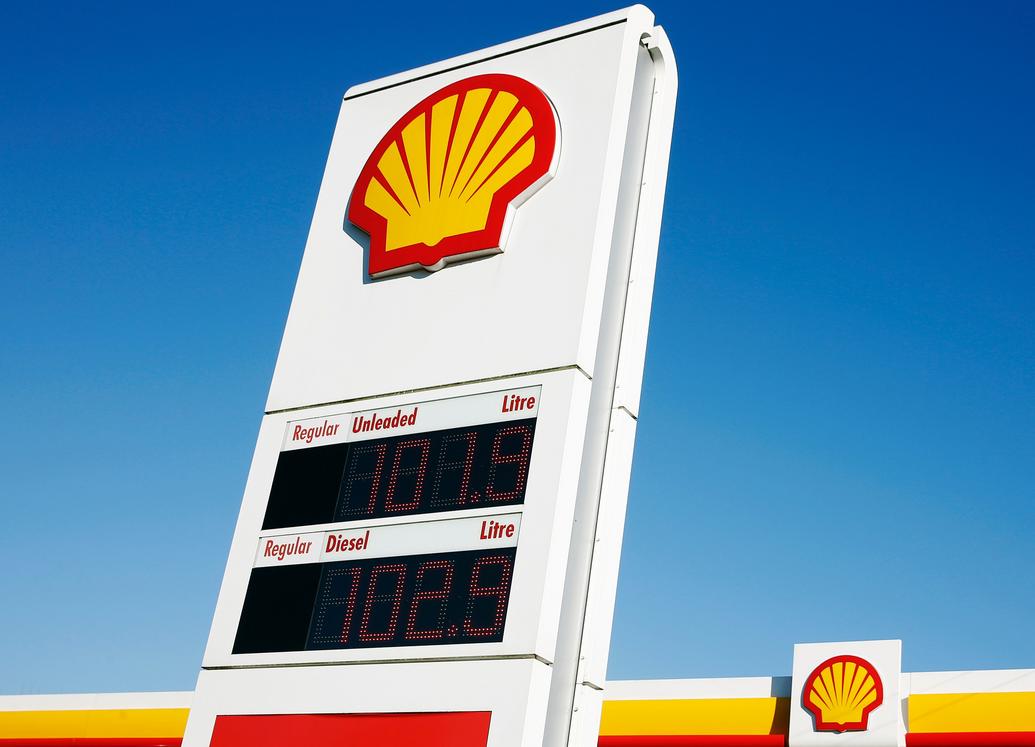
NEW YORK — Oil fell below $40 a barrel in New York for the first time since April, falling into a bear market on concern that the global supply glut will expand.
Saudi Arabia cut prices to Asian customers as the country continues to fight for market share. Drillers in the United States boosted the number of rigs seeking oil for a fifth week, the longest run of gains since last August, according to data from Baker Hughes Inc. US crude and gasoline supplies are at the highest seasonal level in at least two decades. West Texas Intermediate settled 22 percent below its June peak Monday, meeting the common definition of a bear market.
“We got here on the back of excessive storage in crude oil and gasoline,’’ said Bob Yawger, director of the futures division at Mizuho Securities USA Inc. in New York. “The storage levels are so out of whack.’’
Oil has tumbled from its $51.23 June peak, ending a recovery that saw prices almost double from a 12-year low in February. The persistence of the supply overhang is upsetting industry expectations, with BP PLC, Royal Dutch Shell PLC, and Exxon Mobil Corp. reporting second-quarter earnings last week that were worse than estimated.
WTI for September delivery dropped 3.7 percent Monday to close at $40.06 a barrel on the New York Mercantile Exchange. It was also the first settlement below 200-day moving average since April, adding to the bearish pressure.
Brent for October delivery fell 3.2 percent to $42.14 a barrel on the London-based ICE Futures Europe exchange, the lowest close since April 7. The global benchmark settled at a premium of $1.30 to WTI for October delivery.
State-owned Saudi Arabian Oil Co. said Sunday it will sell cargoes of Arab Light in September at $1.10 a barrel below Asia’s regional benchmark. That is a pricing cut of $1.30 from August, the biggest drop since November, according to data compiled by Bloomberg.
The US oil drilling rig count climbed by 3 to 374, the highest level since March, Baker Hughes said Friday. The nation’s crude inventories rose to 521.1 million barrels through July 22, keeping supplies more than 100 million barrels above the five-year average, Energy Information Administration data show.
Demand for crude is set to decline in the next few months. US refineries typically reduce operating rates to perform seasonal maintenance as the summer driving season comes to an end, after the Labor Day holiday in early September.



